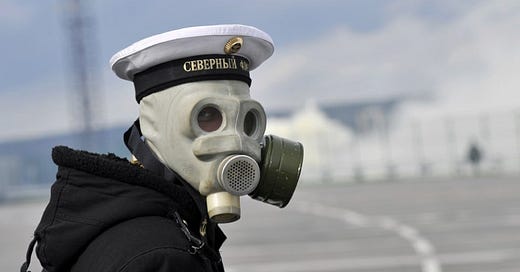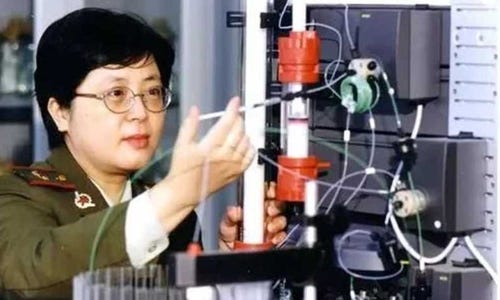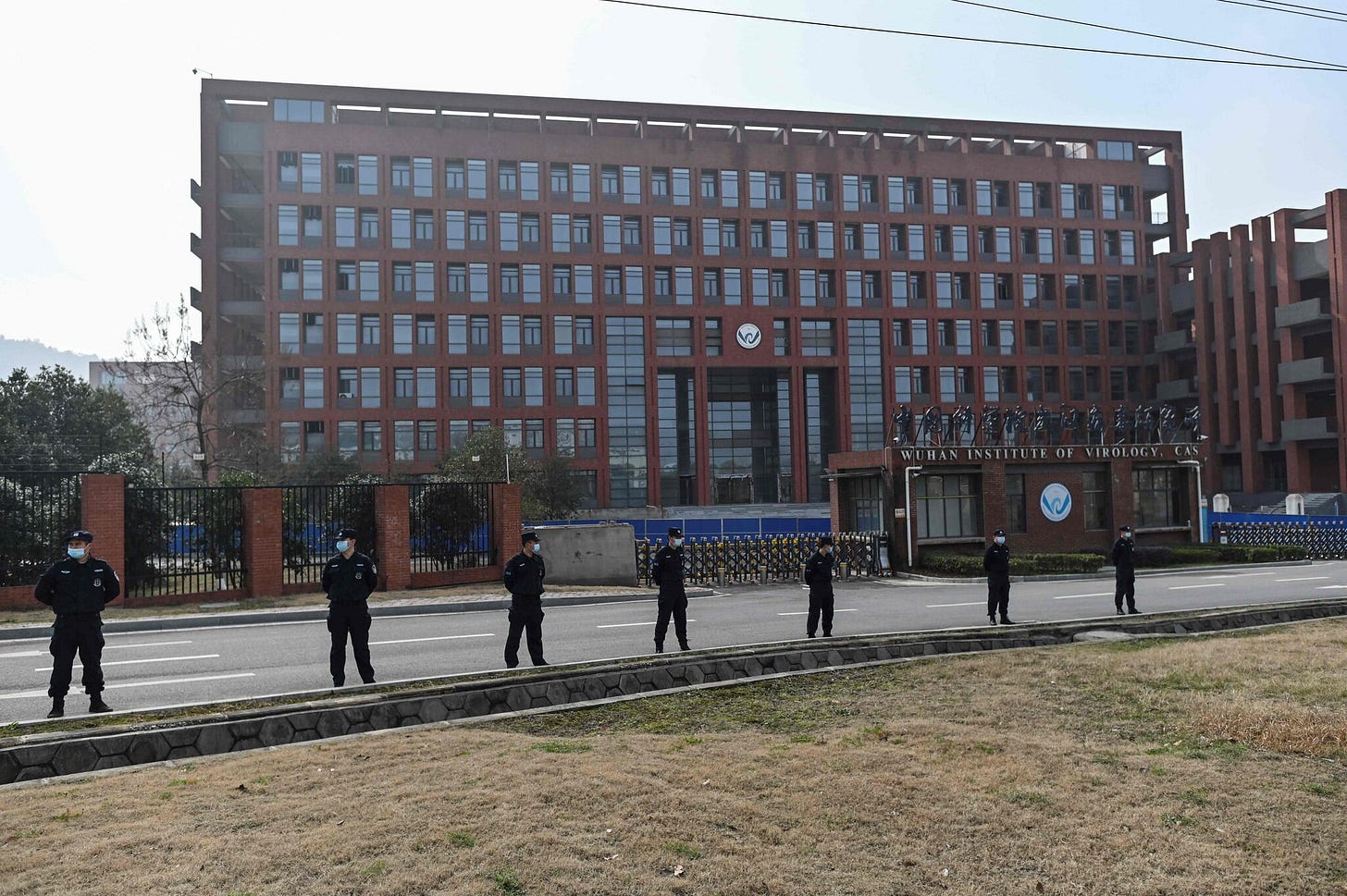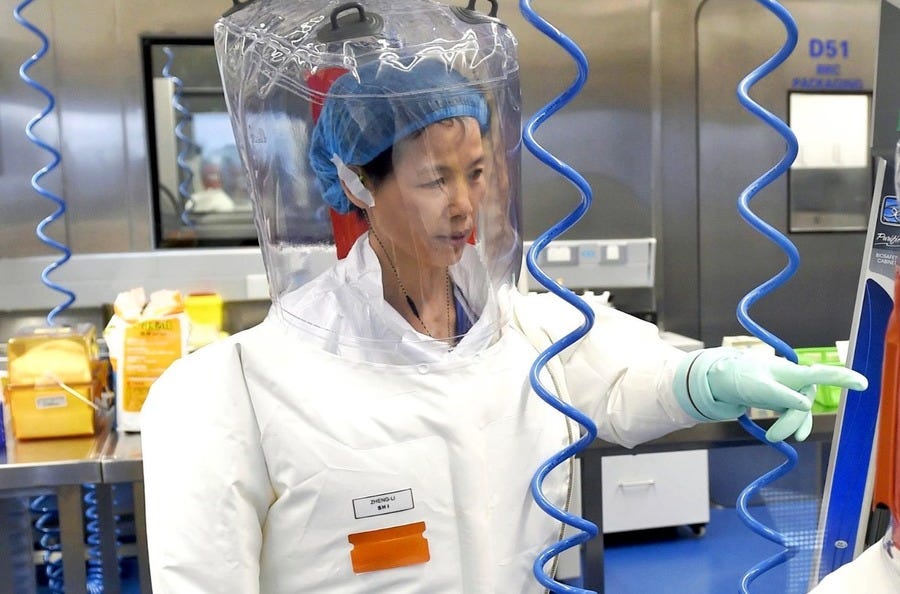1. Bottom Line Up Front (BLUF)
The preponderance of evidence suggests SARS-CoV-2 most likely emerged from a laboratory-associated incident at the Wuhan Institute of Virology (WIV), involving gain-of-function (GOF) research on bat coronaviruses. This work was linked to EcoHealth Alliance, funded by the U.S. National Institutes of Health (NIH), and previously proposed to DARPA. Following the incident, a coordinated cover-up appears to have involved Chinese authorities, senior U.S. health officials, virologists, and international organizations like the WHO. [Estimated likelihood of lab-associated origin: 75% ± 12%.]
Despite this evidence, a concerted disinformation campaign has fostered enough uncertainty and apathy to evade accountability. Given current technological trends, geopolitical tensions, and historical precedents, we assess the risk of an engineered pandemic (whether accidental or deliberate) as almost certain within the next few decades. [Estimated likelihood of another lab-associated biorisk: 90%+].
2. The DEFUSE Proposal
The 2018 DEFUSE proposal (leaked via FOIA) outlined plans to engineer furin cleavage sites into bat coronaviruses—precisely the feature that makes SARS-CoV-2 uniquely infectious in humans. Key points:
Rejected by DARPA, the proposal (submitted by EcoHealth/WIV/UNC) sought to:
Insert furin cleavage sites into bat coronaviruses.
Conduct high-risk GOF experiments at WIV’s BSL-2/3 labs (below required safety standards).
Proceed with inadequate risk mitigation strategies.
FOIA’d documents (2023) confirm NIH redirected funding to similar work post-DARPA rejection.
3. WIV Cover-Up & Evidence Suppression
Slack logs, FOIA’d emails, and congressional testimony reveal coordinated efforts by EcoHealth’s Peter Daszak, NIH officials (Fauci/Collins), and virologists (Andersen et al.) to suppress lab-leak discussions. Key indicators of obstruction:
Database Deletions: WIV’s viral sequence database was taken offline in September 2019—coinciding with the estimated first COVID-19 cases (per retroactive blood samples).
Researcher Illnesses: U.S. intelligence confirms three WIV researchers hospitalized with "COVID-like symptoms" in November 2019 (pre-outbreak). China has never released their medical records.
Slack Logs (2024 leak): Daszak and Andersen privately discussed lab-leak plausibility while publicly dismissing it as a "conspiracy theory" in The Lancet (February 2020).
NIH Pressure: Fauci and Collins pushed scientists (March 2020) to publish the "natural origin" Nature Medicine paper despite internal doubts.
EcoHealth Alliance (EHA) functioned as a central hub for GOF research, coordinating field sampling, virus collection, and engineering projects across Southeast Asia—often in collaboration with WIV and UNC. A 2022 OIG investigation found EcoHealth misreported viral growth data and failed to adequately monitor foreign sub-awardees.
4. Scientific Reversals
Genetic anomalies and epidemiological findings increasingly challenge the zoonotic hypothesis:
Furin Cleavage Site:
Initially deemed "likely natural" (Andersen et al., 2020), now recognized as statistically anomalous in sarbecoviruses (Chan et al., 2024).
Contains a 12-nucleotide insertion (PRRA) not found in any known sarbecovirus.
Features CGG-CGG codons—rare in coronaviruses but common in synthetic biology.
Virologists (Segreto & Deigin, 2021; Bruttel et al., 2022) suggest it may have been inserted via standard gene-cloning methods.
BANAL-52 (Laos): Closer to SARS-CoV-2 than RaTG13 but lacks the furin site, reinforcing suspicions of engineering.
No Intermediate Host After 5 Years: Unlike SARS-CoV-1 (civets) and MERS (camels), no credible animal reservoir has been identified.
5. China’s Counter-Narrative & Obstruction
Evidence Destruction:
WIV’s viral database deleted (Sept. 2019).
Independent audits blocked, whistleblowers intimidated.
2025 White Paper: China alleges COVID-19 originated in U.S. labs (Fort Detrick)—a debunked claim signaling refusal to cooperate.
Early Containment: Aggressive lockdowns before global alarm suggest foreknowledge of severity.
Sequencing Delays: Chinese researchers sequenced the genome in December 2019 but delayed release; it was later leaked by a whistleblower.
6. Implications: Biosecurity & Geopolitical Risks
The Biological Weapons Convention (BWC) of 1972 lacks enforcement mechanisms, compounded by:
Transient biological evidence.
Blurred lines between defensive/offensive research.
State secrecy & information warfare.
Plausible Deniability: Unlike nuclear attacks, biological releases can be disguised as natural outbreaks. Key vulnerabilities:
Dual-Use Research: Same facilities/methods serve biodefense and bioweapons.
Global Labs Expansion:
U.S. maintains ~320 biolabs worldwide.
Russia operates 30-40 high-containment facilities (e.g., Vector).
China is expanding from 2 BSL-4 labs (pre-2020) to 5-7 by 2025.
Conclusion
The weight of evidence—from the DEFUSE proposal’s parallels to SARS-CoV-2, to WIV’s safety lapses, researcher illnesses, and furin site anomalies—points to a lab accident followed by a global cover-up. While China’s obstruction prevents absolute proof, the zoonotic hypothesis now relies on increasingly implausible coincidences.
Without structural reforms in biosecurity oversight, the risk of another engineered pandemic—whether accidental or deliberate—remains unacceptably high (+90%).
End of Brief.
[For more information on Section 14 please click here.]








